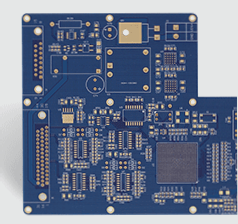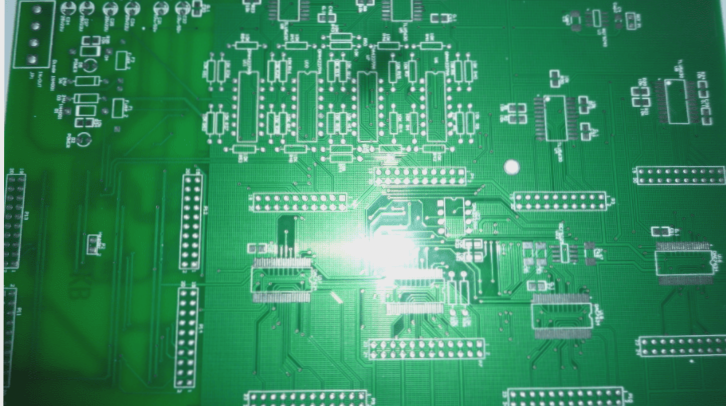Design Specifications and Suggestions for Wave Soldering
-
Design Specifications:
- When PCBs were first introduced, they were designed for traditional insertion methods, later transitioning to a mix of SMT and wave soldering.
- For wave soldering, through-hole components should be on one side, while SMD components on the other side need red glue for security.
- Guidelines for wave soldering include plugging vias to prevent solder overflow and aligning pin rows parallel to the wave soldering direction.
- Smaller components should be perpendicular to the wave, SOIC pins parallel, and only single or double-row pin components are suitable.
- Larger components should be positioned behind the wave direction to reduce shadow effects.

- The soldering furnace can lead to unpredictable short circuit issues.
-
Suggestions for Hand-Soldering:
- Start with tightly fitting components first to avoid displacing others due to vibration.
- Insert components from lower to higher positions to prevent obstruction.
- Group similar components for insertion at the same workstation to reduce errors.
- Consolidate hand-inserted components for each operator in one corner for focus and efficiency.
- Avoid placing components with similar appearances but different part numbers together to prevent confusion.
- Components with polarity should be separated at workstations to avoid complications.
- Each workstation should maintain similar working hours for optimal efficiency.




